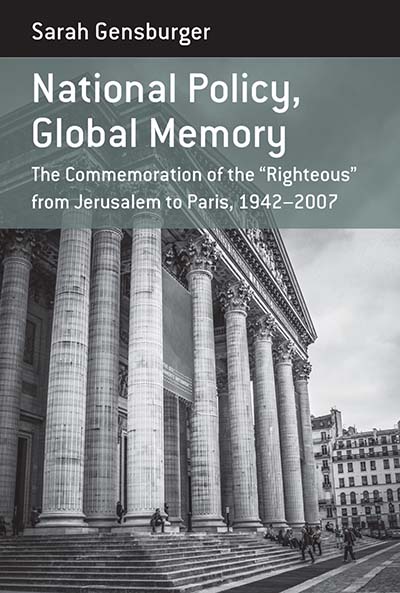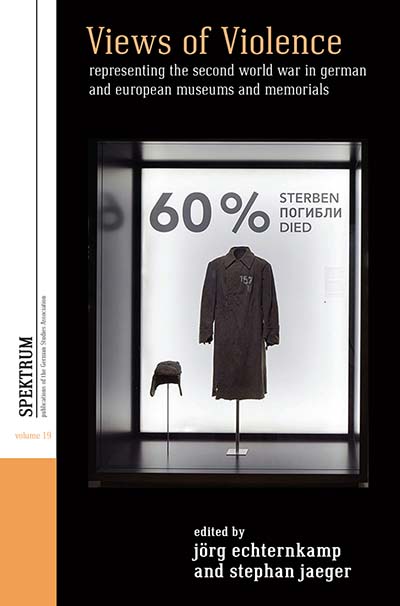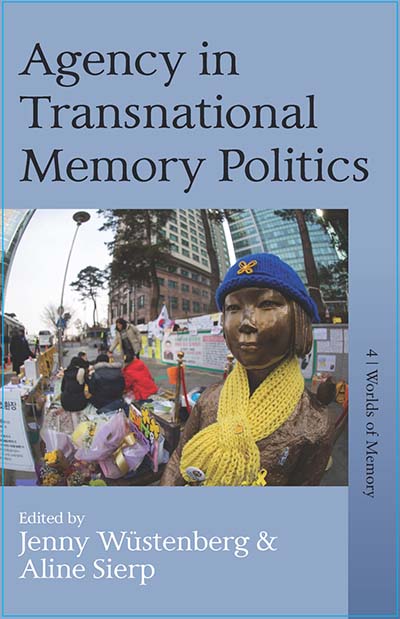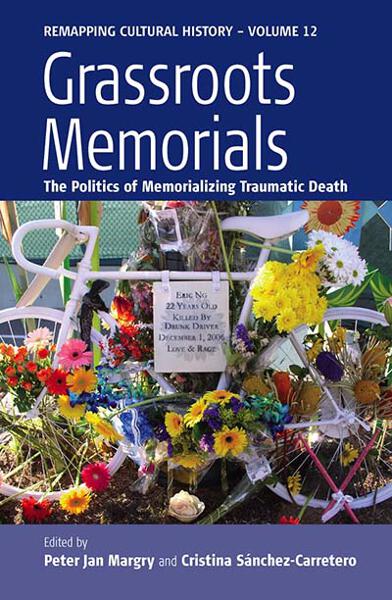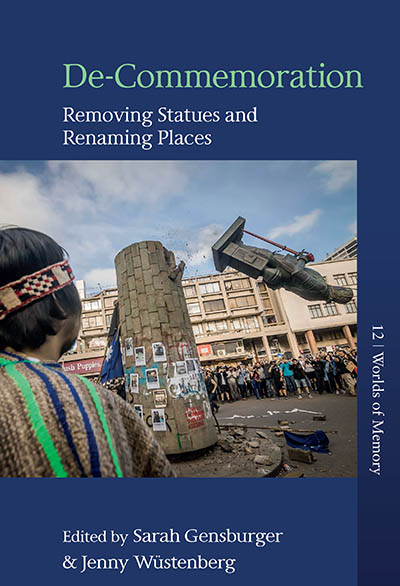
Series
Volume 12
Worlds of Memory
See Related
History JournalsEmail Newsletters
Sign up for our email newsletters to get customized updates on new Berghahn publications.
De-Commemoration
Removing Statues and Renaming Places
Edited by Sarah Gensburger and Jenny Wüstenberg
399 pages, 51 illus., bibliog., index
ISBN 978-1-80539-107-4 $150.00/£115.00 / Hb / Published (October 2023)
eISBN 978-1-80539-380-1 eBook
Reviews
“This impressive collection of essays addresses a very timely issue from a badly-needed comparative perspective. Set to become a benchmark, it covers a huge range of examples from across the world while creating common ground between them. The result is a wealth of insights into the role of public monuments in working through the toxic legacies of colonialism and dictatorship. Highly recommended.” • Ann Rigney, Utrecht University
“De-Commemoration is an inspirational collection of diverse approaches, practices, methods, and perspectives of de-commemoration of forgoing heroes and activities, set in various cultural and geographical contexts. This is an exceedingly rare and truly global contribution.” • Mariusz Czepczyński, University of Gdańsk
Description
In the wake of recent protests against police violence and racism, calls to dismantle problematic memorials have reverberated around the globe. This is not a new phenomenon, however, nor is it limited to the Western world. De-Commemoration focuses on the concept of de-commemoration as it relates to remembrance. Drawing on research from experts on memory dynamics across various disciplines, this extensive collection seeks to make sense of the current state of de-commemoration as it transforms contemporary societies around the world.
Sarah Gensburger is Professor of sociology and political science at the French National Centre for Scientific Research and Sciences Po-Paris and President of the international Memory Studies Association since 2021. She is the author of Beyond Memory: Can We Really Learn from the Past? (with Sandrine Lefranc, Palgrave, 2020), and Memory on my Doorstep: Chronicles of the Bataclan Neighborhood, Paris, 2015-2016 (Leuven University Press, 2019) as well as co-editor of Administrations of Memory (with Sara Dybris McQuaid(Springer, 2022).
Jenny Wüstenberg is Professor of History & Memory Studies at Nottingham Trent University. She is the founder and past Co-President of the Memory Studies Association (2016-2023), as well as Chair of the COST Action on “Slow Memory: Transformative Practices in Times of Uneven and Accelerating Change” (2021-2025). She is the author of Civil Society and Memory in Postwar Germany (Cambridge University Press, 2017) and the co-editor, most recently, of Agency in Transnational Memory Politics (with Aline Sierp, Berghahn 2020) and the Routledge Handbook of Memory Activism (with Yifat Gutman, 2023).
Subject: Memory StudiesCultural Studies (General)
Contents
Download ToC (PDF)

